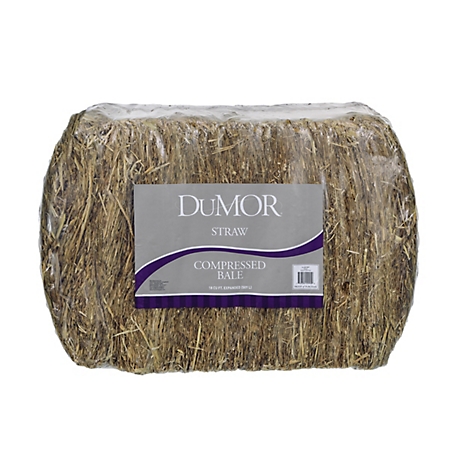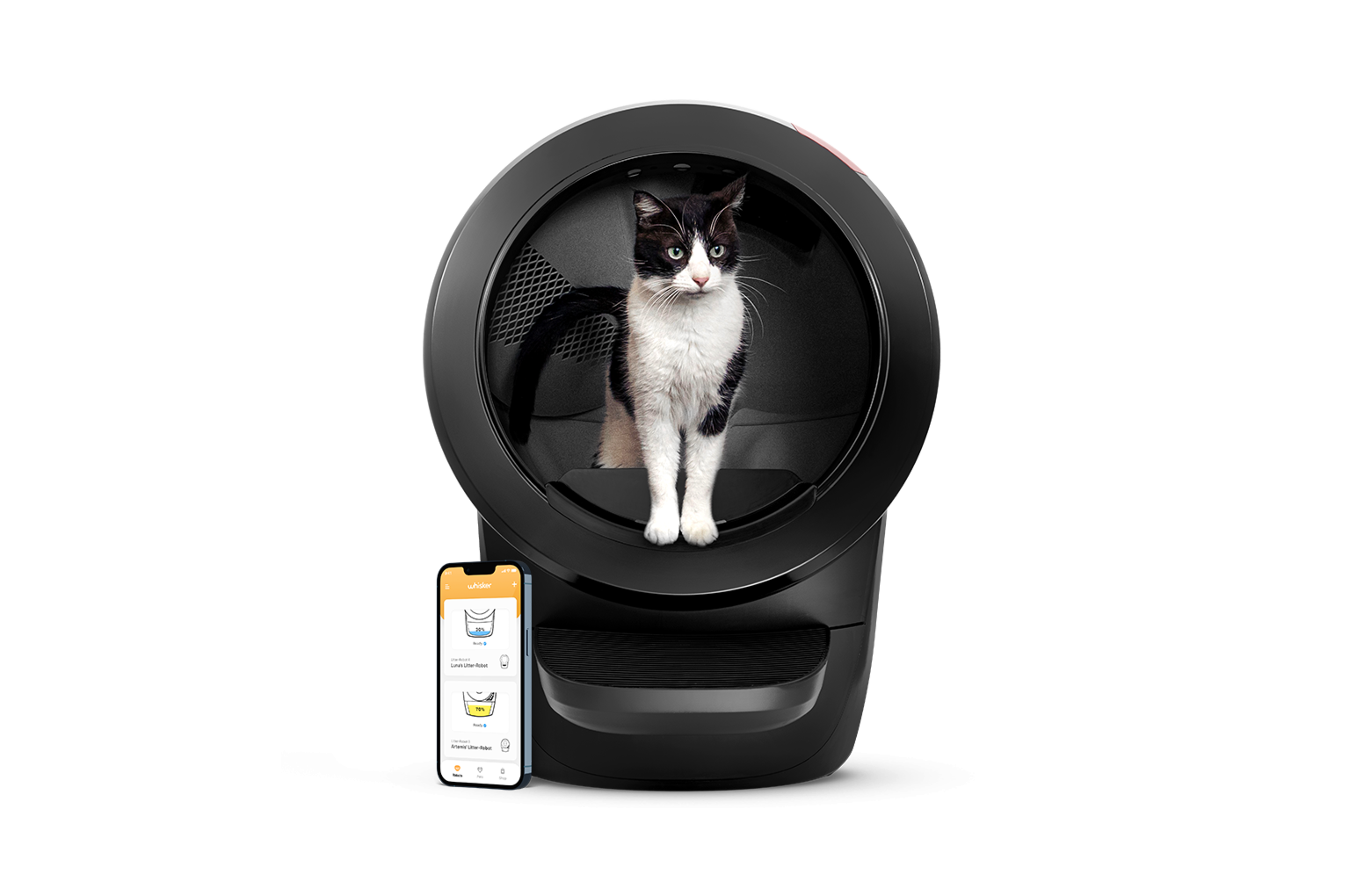Delectables Lickable Cat Treats, Stew Chicken & Tuna, 5 Count (1.4 oz. Tubes)
Hartz Delectables Stew Chicken & Tuna Lickable Cat Treat is a deliciously unique, single serve, wet treat cats purr for.
Hartz Delectables Stew Chicken & Tuna Lickable Cat Treat is a deliciously unique, single serve, wet treat cats purr for. Your cat will enjoy this yummy combination of tender, real chicken and tuna chunks in a rich sauce. Make every treat time something truly special with this lickable, tasty treat your cat will crave.
- Delectables Stew Chicken and Tuna Lickable Cat Treat, 5-Pack:
- A delicious puree made with real chicken and tuna
- Reward your cat with this creamy lickable treat
- Tuna cat food is approved by the most finicky cat
- High palatability and flavor variety
- Sauce mixed with meat, so cats will lick and clear the bowl
- Suitable for different cat breeds
- Easy single serve meal
- Delectables Stew Chicken and Tuna Lickable Cat Treat, 5-Pack:A delicious puree made with real chicken and tunaReward your cat with this creamy lickable treatTuna cat food is approved by the most finicky catHigh palatability and flavor variety Sauce mixed with meat, so cats will lick and clear the bowlSuitable for different cat breedsEasy single serve meal
Directions:
Instructions: Hold pouch at edges with both hands and gently shake. Tear to open. Squeeze sides of pouch to widen opening. Pour Stew into Bowl.
Feeding Instructions: Suggested daily feeding: feed up to 2 pouches per day for an average size adult cat.
Additional information
| Assembled Product Weight | 0.56 lbs |
|---|---|
| Assembled Product Dimensions (L x W x H) | 1.75 x 3.40 x 5.40 Inches |
| Pet Food Flavor | Tuna, Seafood, Fish, Chicken |






by Folks
My two cats loves this stuff. And right now with covid it seems cat food and treats are very hard to find. Thank God for Walmart, always coming through
by Rose
I was able to find what I needed.
by Lisa
My cat prefers the bisque but he still enjoyed the stew.
by Bee
This is what keeps my handicapped 8 mo. old alive…having a very hard time finding it and thus worry.